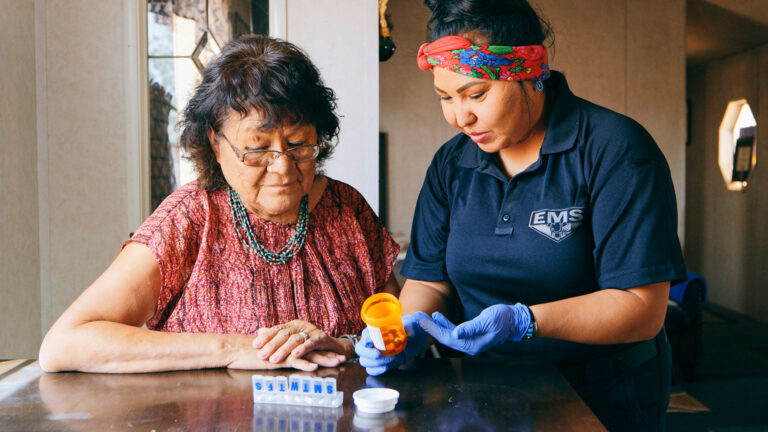Parity In Part D

PACE is a Common-Sense Solution Whose Time Has Come
The Program of All-Inclusive Care for the Elderly (PACE) is an established program that effectively meets the needs of millions of aging Americans living with complex conditions.
PACE is a solution for patients and policymakers looking to provide more person-centered, age-friendly care that reduces cost and improves quality. The program provides personalized care and services allowing older people with complex needs to age comfortably in their homes and communities since pilot programs began in the 1970s and 80s. Today, PACE serves nearly 77,000 participants across 33 states and the District of Columbia.
PACE offers high-quality care. Its high degree of coordination between payers and providers in the community encourages good outcomes and a strong quality of life. For example, PACE participants average less than one emergency room visit a year and are significantly less likely to be hospitalized. PACE also addresses isolation, depression, and other social concerns because of the comforts of aging in place.
High cost of enrolling in mandated PACE Medicare Part D plan is Restricting Enrollment in PACE
Federal law makes participating in the PACE program unaffordable for some Medicare-eligible participants, limiting access to high-quality home and community-based care.
One of the biggest barriers to greater PACE enrollment is the lack of choice among Part D plans for Medicare beneficiaries in PACE. These enrollees are required by law to enroll in PACE’s Part D drug benefit, which costs more than $13,000 a year. That amount is 22 times higher than the average premium for a Medicare Part D prescription drug plan.
Medicare enrollees not participating in PACE have far greater choice in selecting a Part D benefit, which saves them money. In fact, the average Medicare beneficiary has around 60 options for Part D coverage. At the same time, PACE participants have no choice in Medicare Part D drug plans and therefore end up paying significantly more than other Medicare enrollees.

